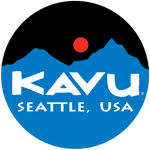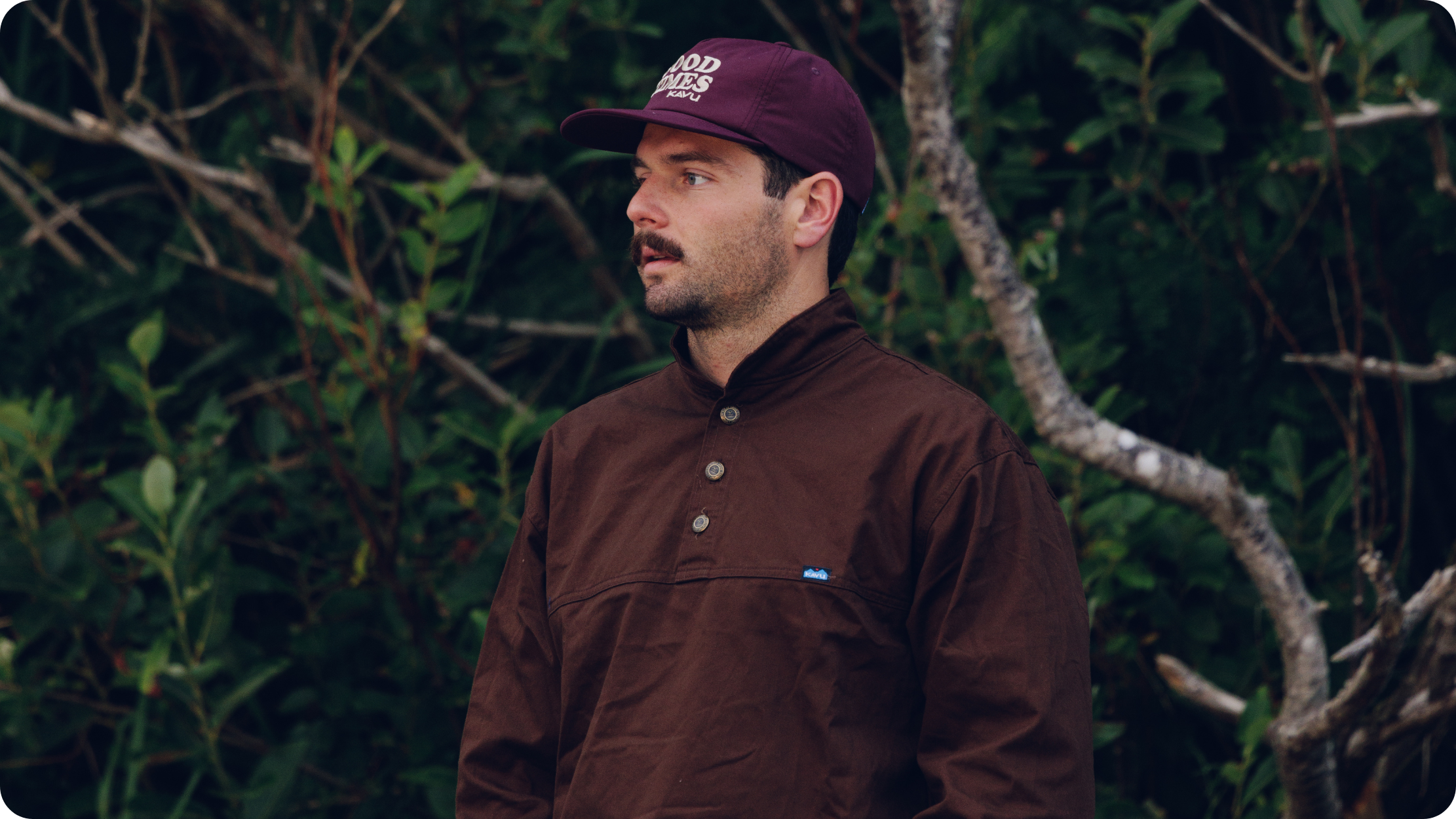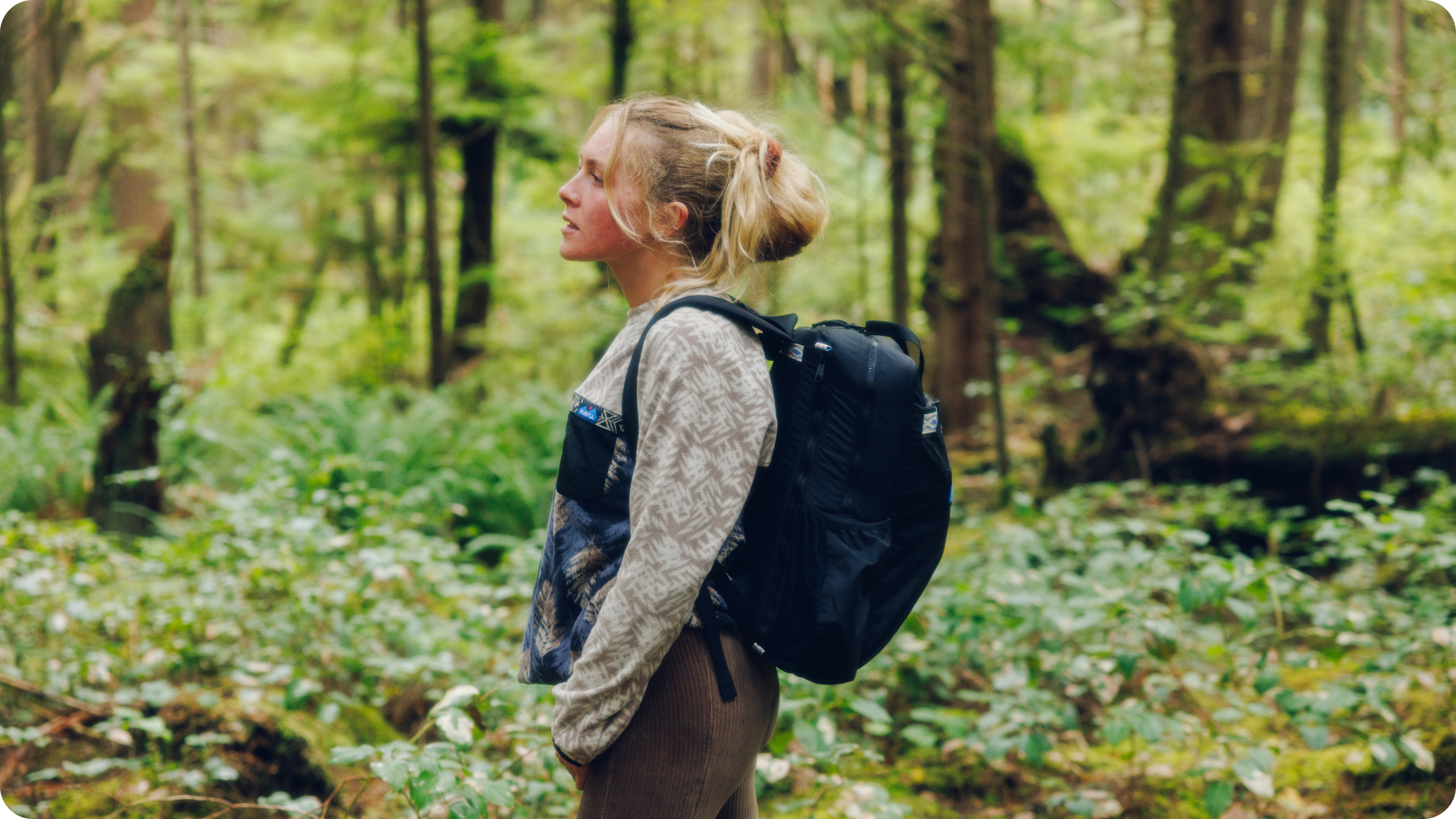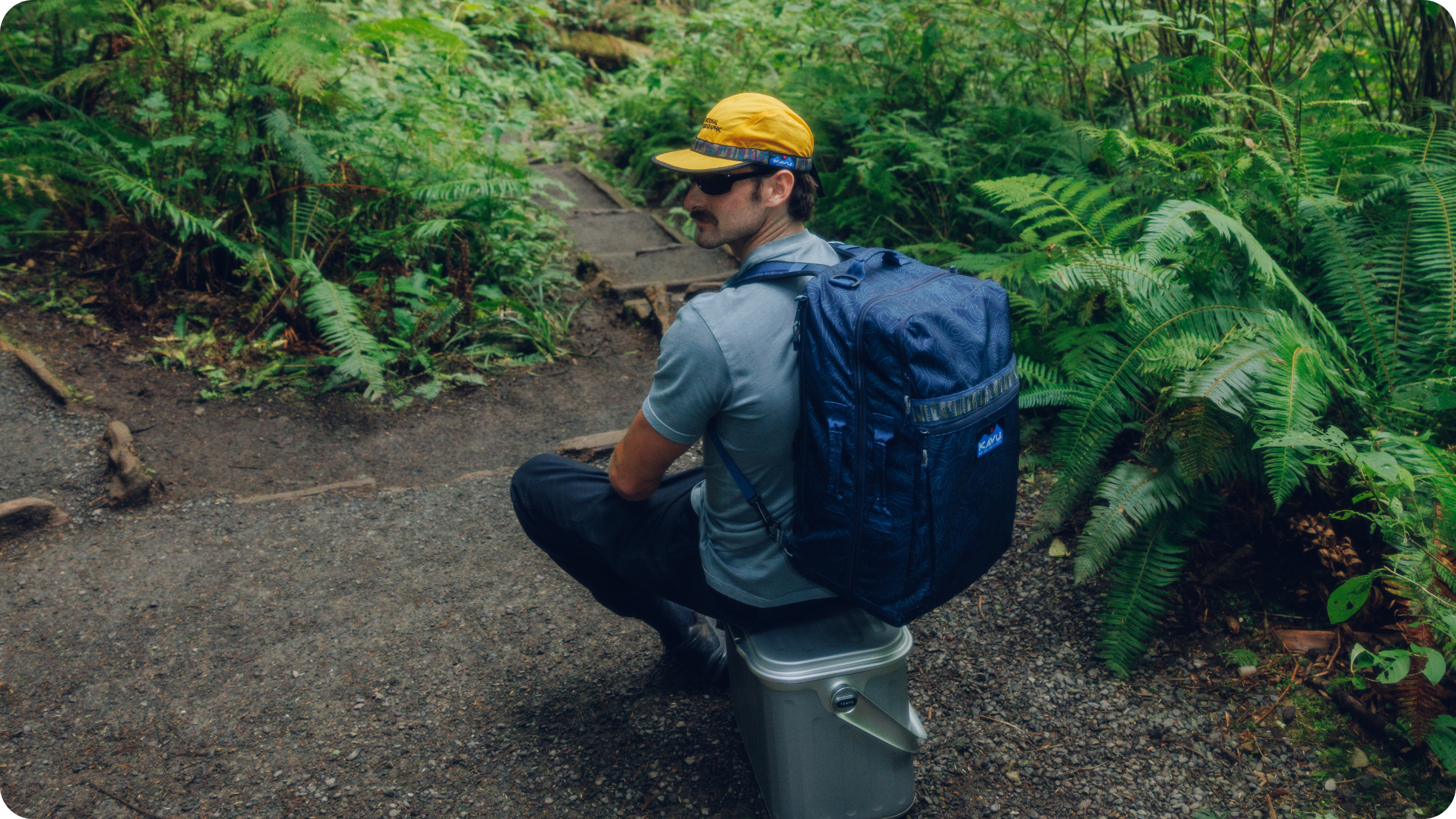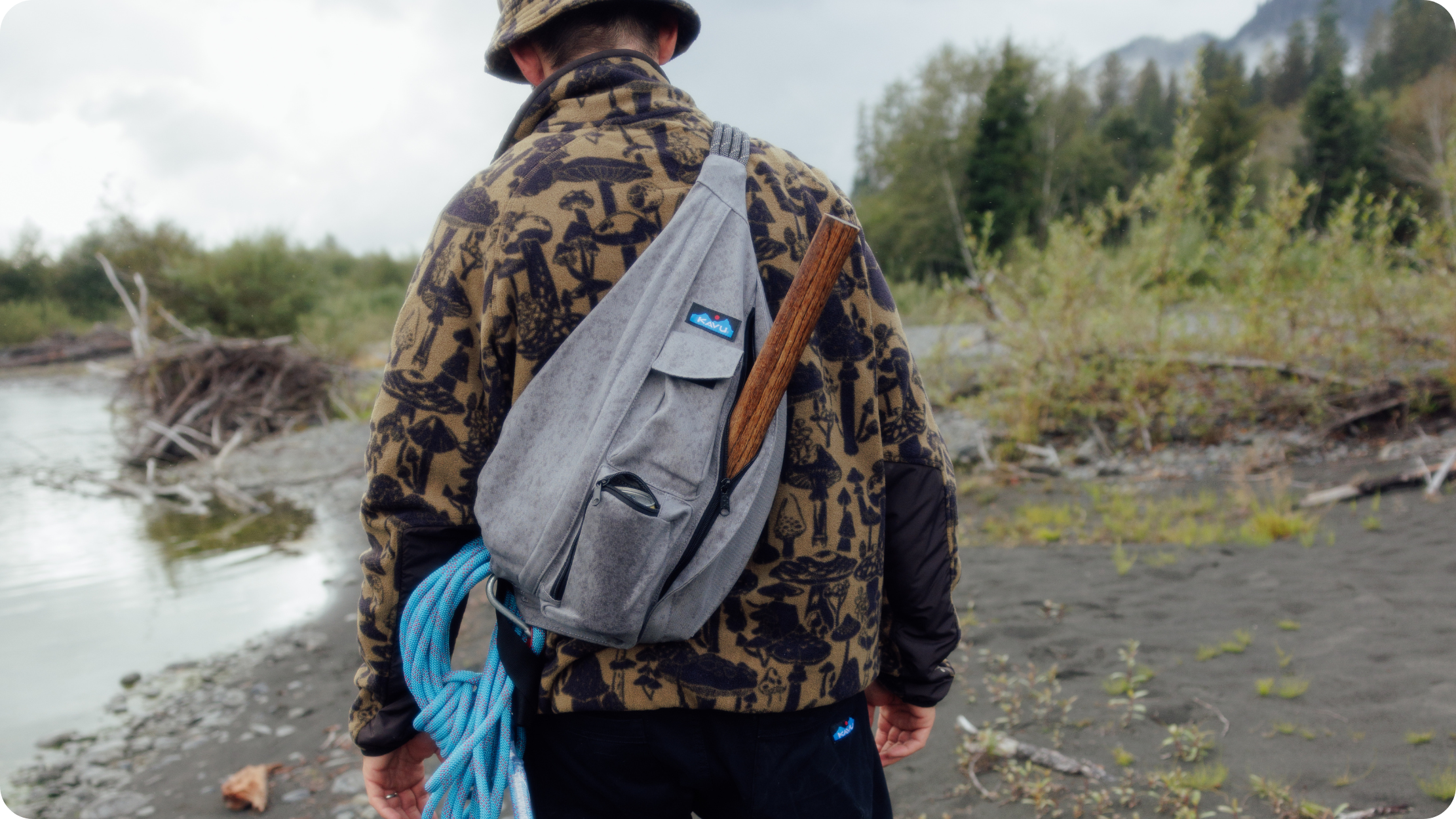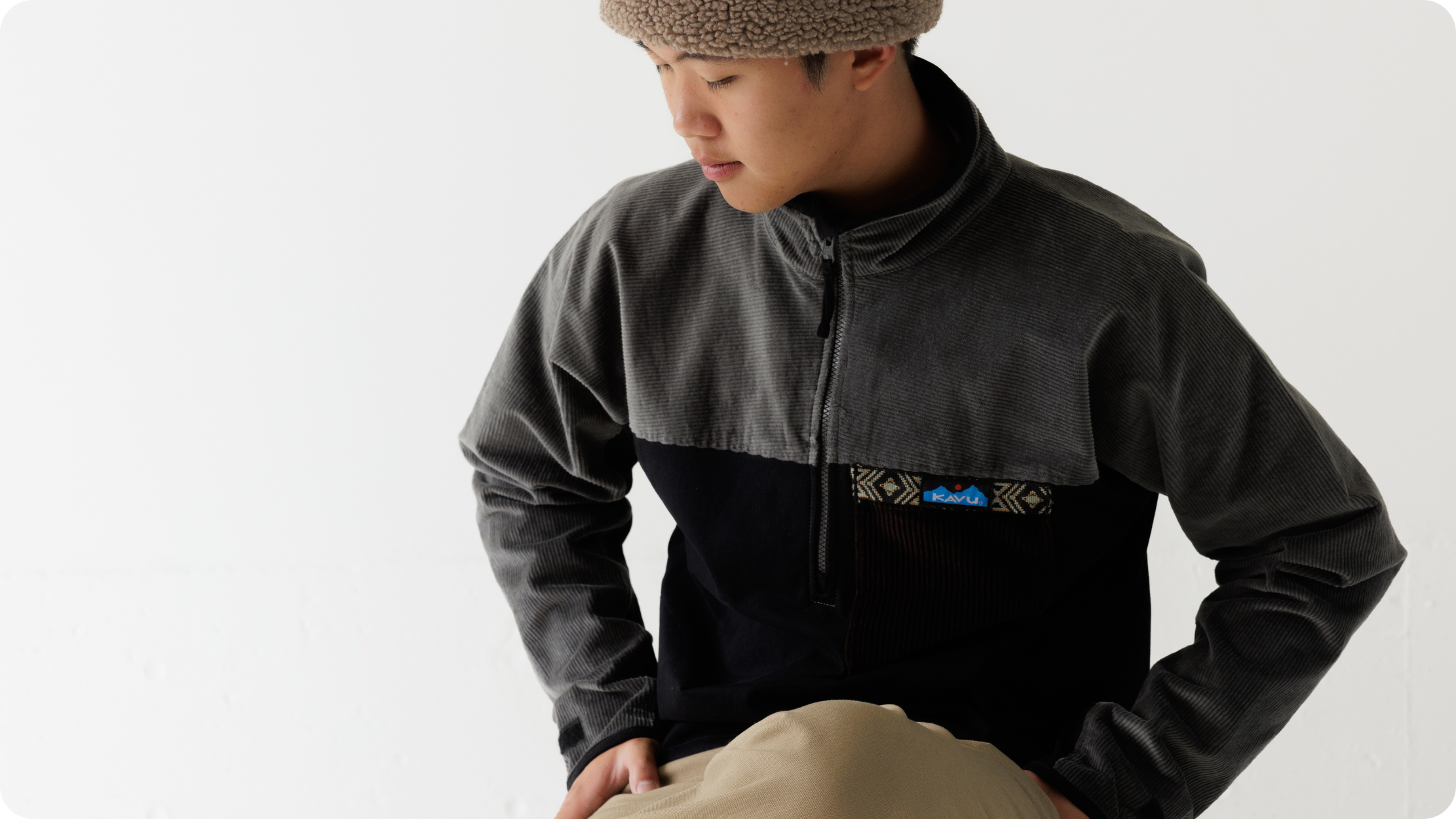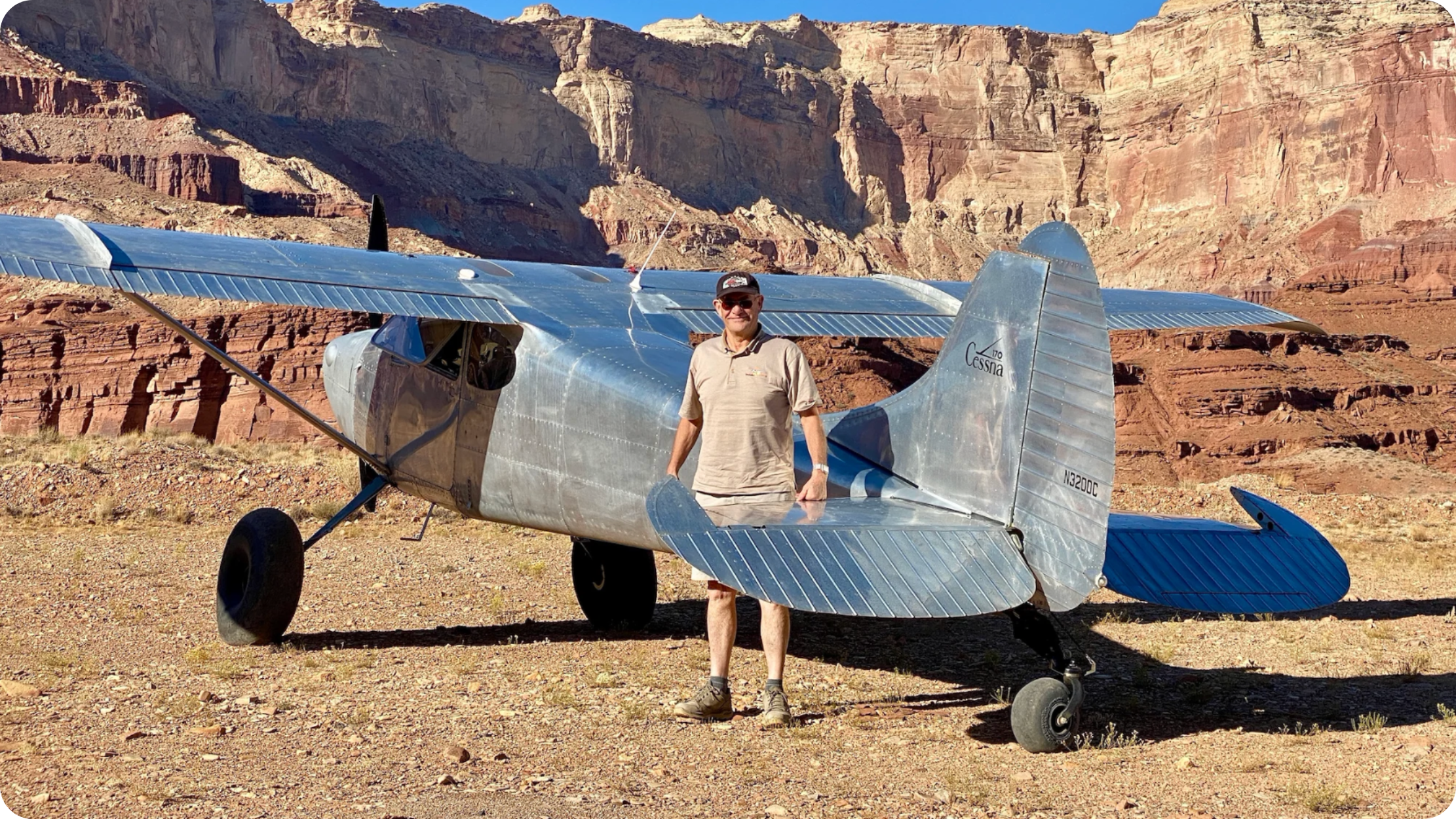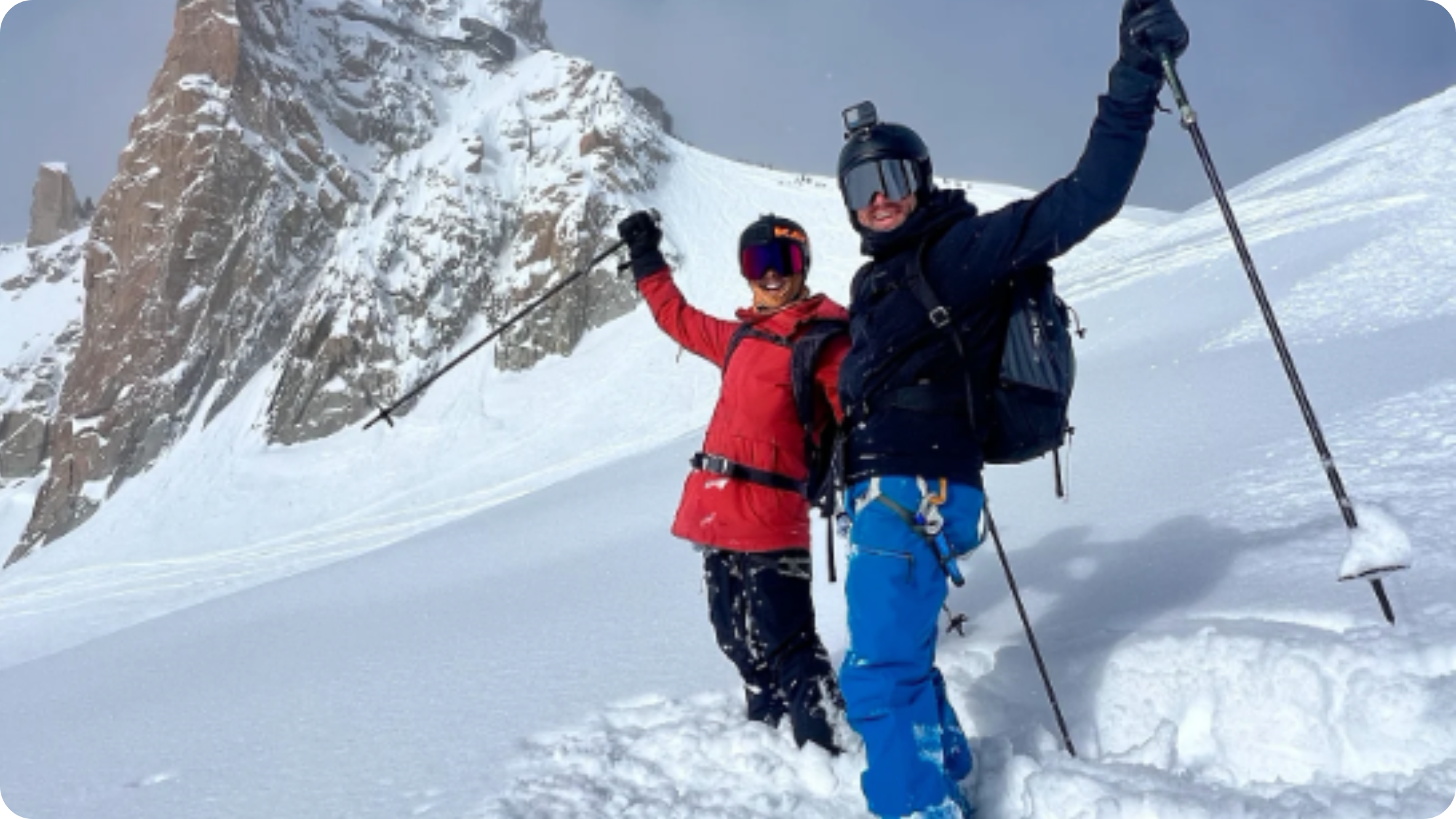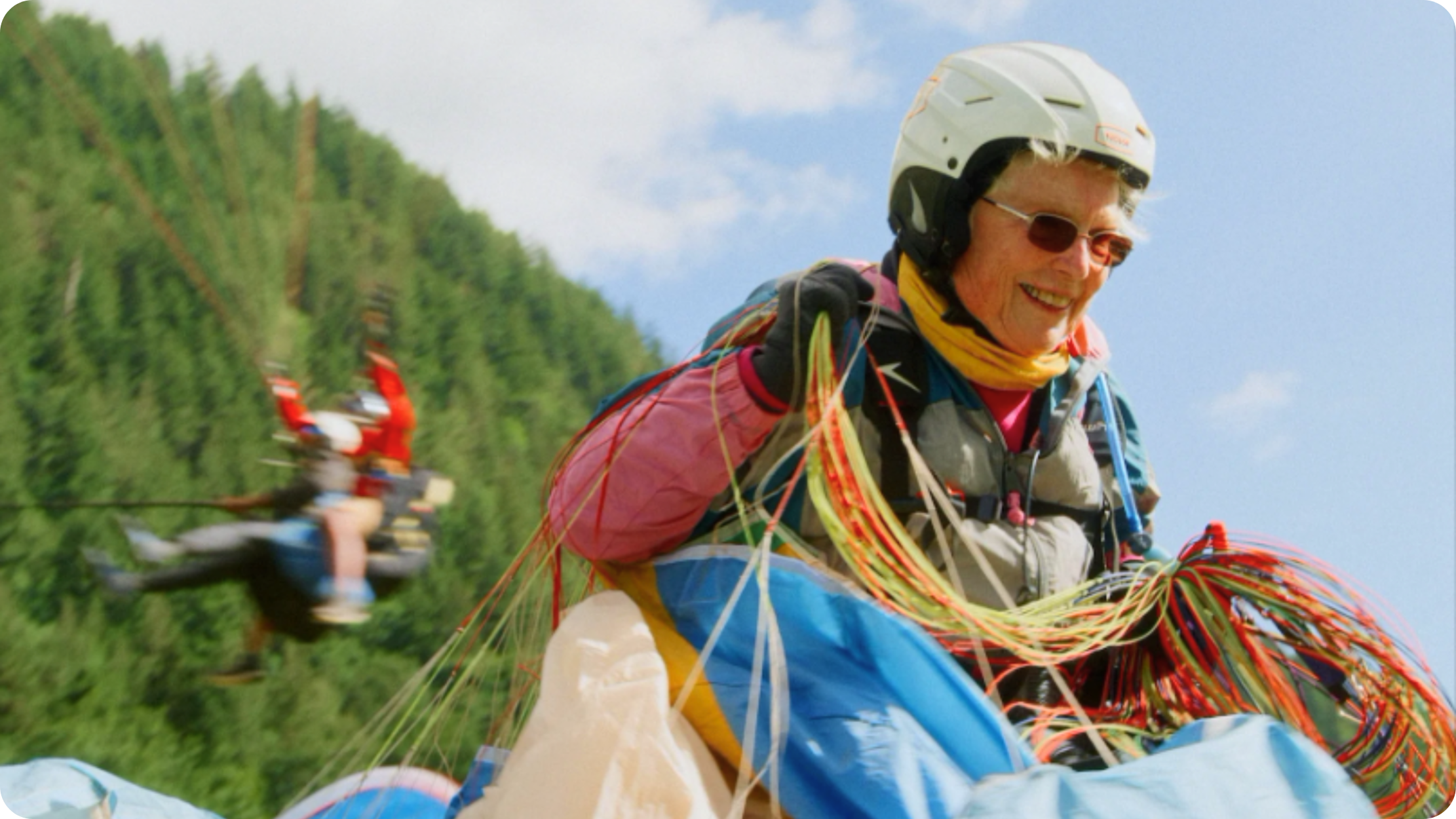A stroll around Manchester with the KAVU founder

“I’m always trying to put fun into it. My work is pretty fun anyway—but when I’m on a trip like this, I like to see everything I can—maybe get out on a hike or go surfing—just take it in and live like how I live.”
I might be wrong, but it seems like KAVU founder Barry Barr has kind of sussed out that ‘life balance’ thing we’re all looking for. Whilst technically today he’s over in Manchester on business, calling in at KAVU’s European HQ to talk about fabric and sales and all the other stuff that people involved in clothing companies need to talk about, he’s also here to meet new people, eat good food and soak up the sights.

Which is why we’re walking along the canal—cutting into the city centre on a route that’s remained pretty much unchanged since the 18th century. Save for a few runners working on whittling down their Strava times, it’s a markedly slower pace of life when compared with the rest of modern Manchester—which seems to suit Barry’s relaxed approach nicely, although he’s quick to point out things weren’t always that way for him. Even if KAVU was started back in 1993 as a way to spread the message of seizing the day and living for the moment, he wasn’t always practising what he preached.
“When I was younger, I think I worked too hard,” he says. “You know that thing people say about working smarter and not harder? Well, I was working harder and not smarter. It takes age and experience to realise that. You definitely have to throw in hard work, but you do need to stop sometimes. Thinking back to when things were tough, when there were no sales and production was difficult, maybe that’s when it was more important to free my mind and get out into nature. Like running for me now—I might be stressed about something, but if I just go for a run, then when I come back, I realise that it’s not actually that important.”
 Another way Barry chooses to get out into nature is through the weekly plunges in the choppy waters of Puget Sound, the estuary which flows out past his hometown of Ballard, just a few miles north of Seattle, and into the Pacific.
Another way Barry chooses to get out into nature is through the weekly plunges in the choppy waters of Puget Sound, the estuary which flows out past his hometown of Ballard, just a few miles north of Seattle, and into the Pacific.
“Every Friday we shut the office down at noon and go out to the ocean. Ice is cold, but you get a good tolerance and you never regret it—it feels so good—like you’re on fire. Your blood vessels are just exploding!”
“We had one Friday in December that was -15 celsius, blowing 30 knots, and we were like, “Why are we doing this?” But when you talk yourself out of it, it means you have to do it. I’ve always tricked myself like that—if I say I don’t want to do it, then it means I have to do it. It forces you—you’ve got to push yourself a little bit.”

Strolling along at a casual pace as the occasional canal barge pootles past, we’re not exactly pushing it, but even still, hunger strikes. We head up onto street level to hunt down something that’ll silence our stomachs. As we make our way towards Chinatown, conversation drifts to Barry’s time in Asia.

“I went to Japan with my mom when I was 14,” Barry says. “She was a flight attendant—so we’d go from Seattle to Tokyo to Hong Kong to Seoul. It just opened my eyes to the different cultures. In the USA 50% of people don’t have passports—they’ve never travelled. I don’t want to say it’s brainwashing, but they’ve got that ‘America’s the best’ mentality because they’ve never been anywhere else. When you travel the world, you realise that this other culture has this great thing, and that these people have great healthcare—realising that early helped a lot.”

Barry’s early exposure to other ways of living life might explain his curious nature—and whilst I’m meant to be the one doing the interviewing, throughout the day he spends just as much time asking me questions as I do him. It’s all easy to shut off and think you know best once you get to adulthood, but Barry explains that he prefers to retain the beginner’s mind.
“I think it’s about being open and having an appreciation of what’s out there—we don’t know everything, so I want to learn everything I can. If I’m in Hong Kong or India and see someone driving by, I just wonder, ‘What does the inside of their house look like? What is their daily life like?’ And you should try and do that in your own town—try to be a tourist there—just walk around and take in those spots that are kind of special. I try to do it in Seattle—we’ll just go to a part of the city we never go to. You think you know it, but then it's like, “Look at all these restaurants, I’ve never heard of any of these.”

As luck would have it, the restaurant we settle on is one I’ve never heard of. With a queue stretching down the street for a Vietnamese spot selling pho, we roll the dice on the quieter looking establishment next door. Hidden down a narrow flight of stairs, it’s an unassuming lunch-time gem that serves Malaysian food.
As we wait for our order, conversation turns to the early days of the brand and the runaway success of the Rope Bag—the ingenious canvas shoulder bag which propelled KAVU from a niche name loved by kayakers and hikers into college campuses right across the States.
“It was a total surprise,” he tells me. “I think it got in with some college girls, and then it just spread from there—with the college girls, then their sisters, and then their moms—and it was the right time with that climbing rope. But even before that we had a bag called the Keeper—this square canvas bag—and that really launched it. I remember a small little store in Mississippi was selling 1000 units a year.”

That kind of success can sometimes be a bit of a double-edged camping spork, and tales of once-legendary outdoor brands getting watered down by mass-market appeal are all too common, but KAVU seems to have managed to dodge the dilution. Obviously I’m going to say that in an article written for their website, but bias aside—KAVU still make the kind of hardy everyday outdoor gear they were making 30 years ago—and in some cases, in the same Seattle factory. For Barry, it’s about sticking to his guns and not getting distracted by what else is going on.
“The first things we made were canvas—taking inspiration from fishing gear and the old thick, heavy Carhartt stuff—but over the years there have been times when I’ve been confused on what to do. It’s about knowing your lane—and that’s hard, because there are times when you find a new fabric and suddenly want to do something with it, but it might not fit in. For us, it has to be fun, free and unlimited. Everyone tries to copy each other and be safe, but I want to do a right turn when everyone is turning left—to come up with something new.”
Back out on the street with scran scoffed and stomachs satiated, we’re treated to a classic Manchester summer downpour as we head back to HQ. Whilst in reality the conversation devolves into intense chatter about our favourite Seattle bands of the early 90s, artistic licence and the ability to rearrange the conversation after the fact so it flows better on a web-page means we can wrap things up with something a bit more profound from earlier in the day when we were talking about success and what it really means.

“I don’t know if we’ve inspired people—but if we can get people to enjoy life better and not take it so seriously, then that’s a positive. We had one person who loved the brand so much, they named their kid Kavu! And there are countless stories like that—it feels so good that we’re touching people—it’s not just some transaction selling commodity apparel. That’s the ultimate success to me. You’ve got to put a priority on happiness.”
